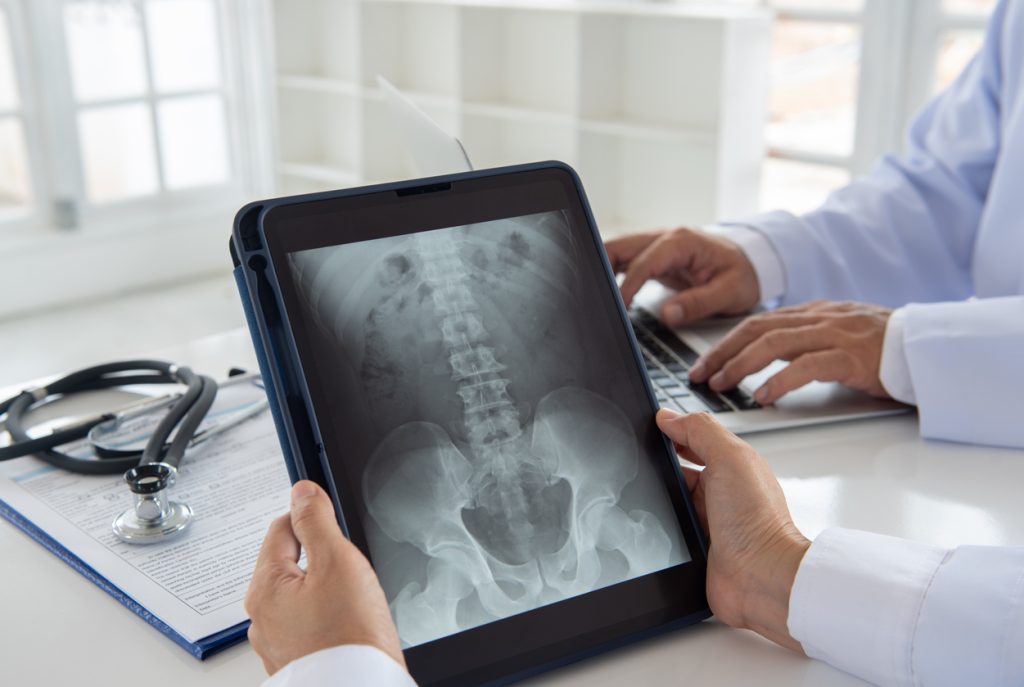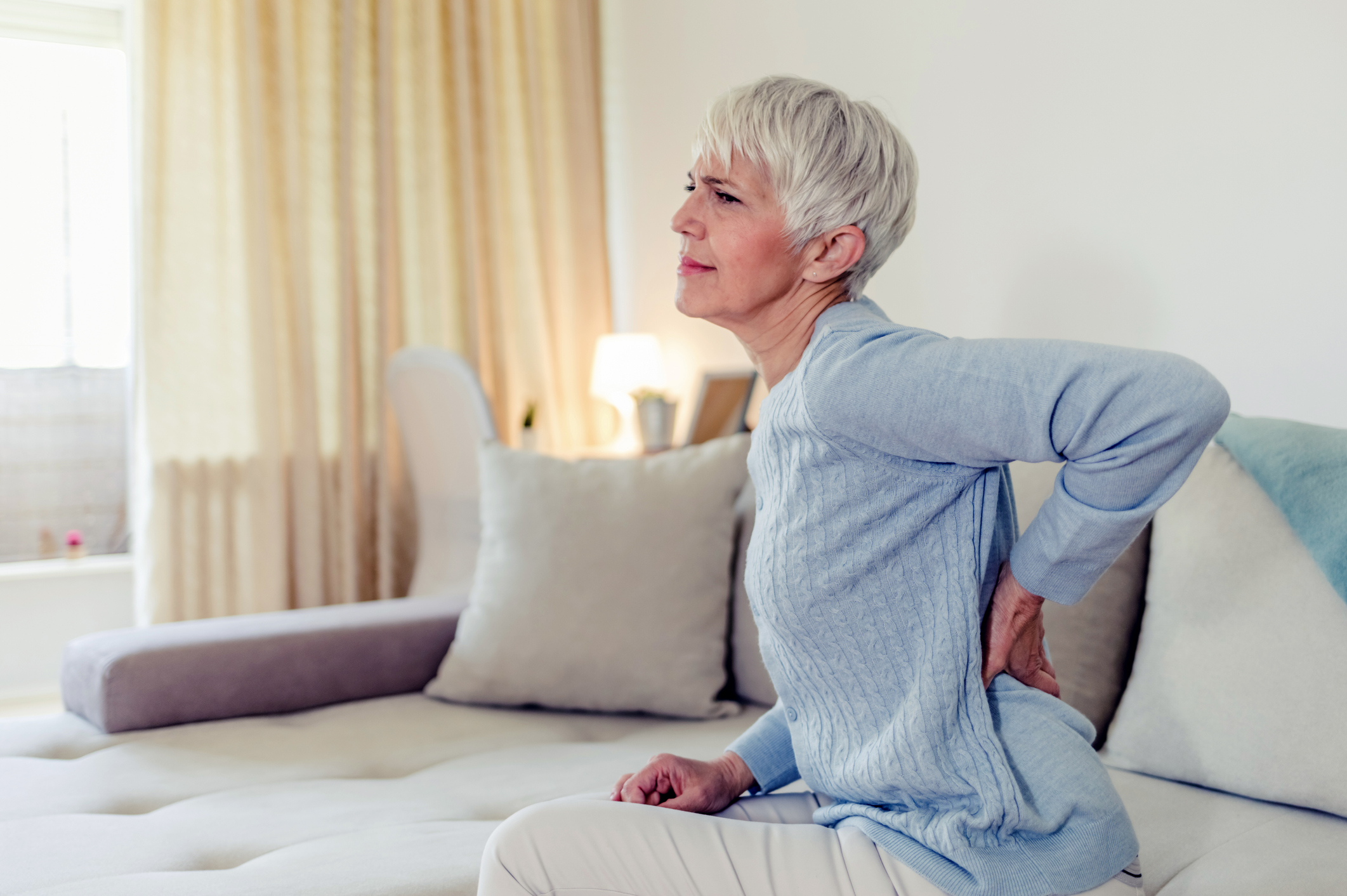Osteoarthritis is a common cause of low back pain, particularly in the older adult population. Osteoarthritis that affects the spine is called spondylosis. Just like joints in other parts of the body, the facet joints in the spine can become inflamed and damaged from arthritis. The cartilage breaks down, connective tissues deteriorate, and the bone becomes damaged. The resulting inflammation of the facet joints causes pain, swelling, stiffness, and loss of motion.
Why are facet joints in the low back vulnerable?
These joints in the low back, or lumbar spine, are small compared to the weight they bear. A lifetime of wear and tear strains them and causes damage. As the cartilage deteriorates, movement of the spine creates friction. This bone-on-bone rubbing may eventually cause damage to surrounding spinal structures such as discs and nerve roots.
When should a doctor be consulted?
It’s time to be seen by a doctor when one or more of the following symptoms occur:
- Low back pain lasting longer than a week is severe or intolerable. Pain affects one’s ability to carry out normal daily activities, particularly those requiring bending or stretching.
- Low back pain worsens throughout the day due to activity, or worsens after standing or sitting for extended periods.
- Noticeable decrease in range of motion in the low back
- Muscle spasms in the low back
- Low back pain that extends to the buttocks or pelvic area
- Numbness, weakness, or loss of sensation in one or both legs
How is lumbar osteoarthritis diagnosed?

The doctor will perform a thorough physical examination with medical history. Imaging tests such as x-rays and an MRI are commonly ordered. These tests can determine any bone damage, bone spurs, and loss of cartilage in the facet joints.
Treatment options for lumbar osteoarthritis
Nothing can be done to reverse osteoarthritis, but treatments can help manage the symptoms.
- Medications – Over-the-counter medications such as acetaminophen, and NASAIDs such as ibuprofen and naproxen sodium can relieve pain and inflammation. Stronger prescription medications are also available.
- Physical therapy – Exercises can strengthen the muscles that support the low back. They can help reduce pain and increase flexibility and range of motion.
- Epidural cortisone injections – These injections into the affected joints may provide pain relief for a few months.
Surgery is not a common treatment unless there is severe spinal stenosis that has caused neurological deficits. This includes cases where walking is very difficult or bladder or bowel function is impaired.
Next steps
The doctors at Atlanta Brain and Spine Care are experts in the diagnosis and treatment of low back pain and lumbar osteoarthritis. Contact us today to schedule an appointment with one of our physicians.


